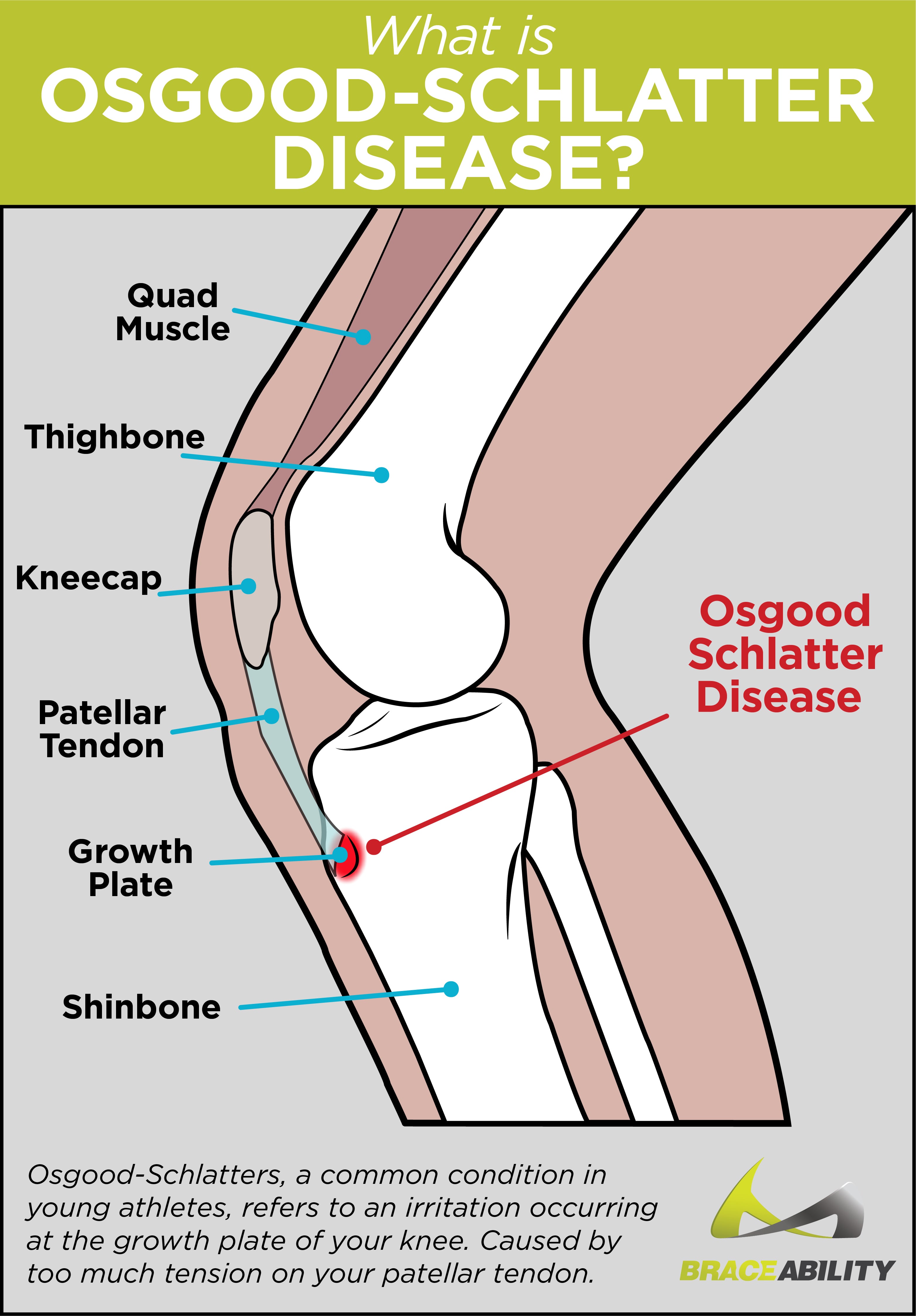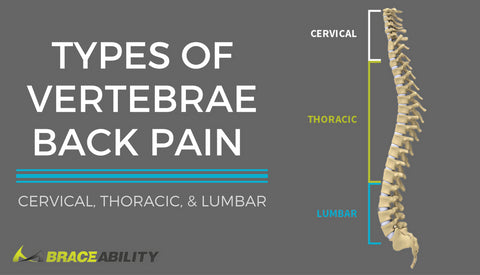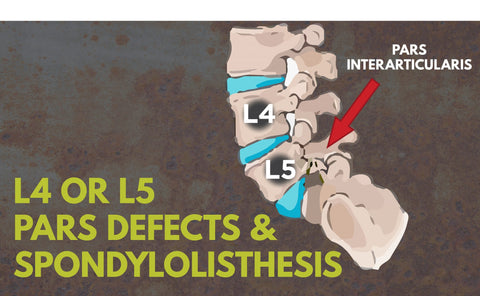Osgood-Schlatter Disease Surgery for Adults & What to Expect After
Having surgery for Osgood Schlatters disease is not common, as in almost all cases of the disease it goes away with time or rest. Treating the knee via resting, icing and bracing are much cheaper options and can be more effective than surgery. Using these more conservative measures usually prevents surgery from being needed at all.
This is because Osgood Schlatters disease almost always affects children while they are still growing. When the cartilage growth plate stops growing, the area of the knee will fill in with bone, instead of cartilage, so the bone will see the stress and irritation from movement, not the patellar tendon or cartilage, which is the cause of the pain and swelling. Due to this, the patient’s knee will heal and the pain will go away.
Rarely, Osgood Schlatter Surgery Is Needed
 Sometimes, even after an individual is done growing, he or she will still have pain related to the disease. This is usually caused by bone fragments left from when the bone was replacing cartilage in the knee. These fragments can be left in the patellar tendon from unresolved Osgood Schlatters disease and irritate the muscle.
Sometimes, even after an individual is done growing, he or she will still have pain related to the disease. This is usually caused by bone fragments left from when the bone was replacing cartilage in the knee. These fragments can be left in the patellar tendon from unresolved Osgood Schlatters disease and irritate the muscle.
The symptoms are similar to those of an adolescent experiencing the disease will have, as the individual will likely experience pain during physical activity, swelling and sometimes even the formation of a knob.
The Osgood Schlatter disease surgery is typically only done in adults, as the disease usually resolves itself in children and surgery could damage the growth plate area.
The surgery removes the bone fragments that are causing the irritation of the tendon. By removing the bone fragments, the knee is able to function fully without the pain the disease causes.
What to Expect after Osgood Schlatters Disease Surgery
The surgery is not a cosmetic procedure, so if you had a knob on your knee before, it won’t necessarily go away after surgery. Patients can expect to be almost completely pain-free after the procedure, as there is an over 90% success rate of the disease and related symptoms being eliminated. After the surgery, patients can expect to be in a cast for several weeks and they will have to use crutches.
After the cast is taken off, rehabilitation stretches and exercises will need to be done daily to help the knee regain its strength and range of motion. With the proper rehabilitation regimen and surgery, the patient can expect to be fully functioning and pain-free in a matter of months.










